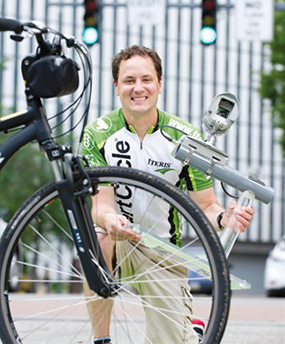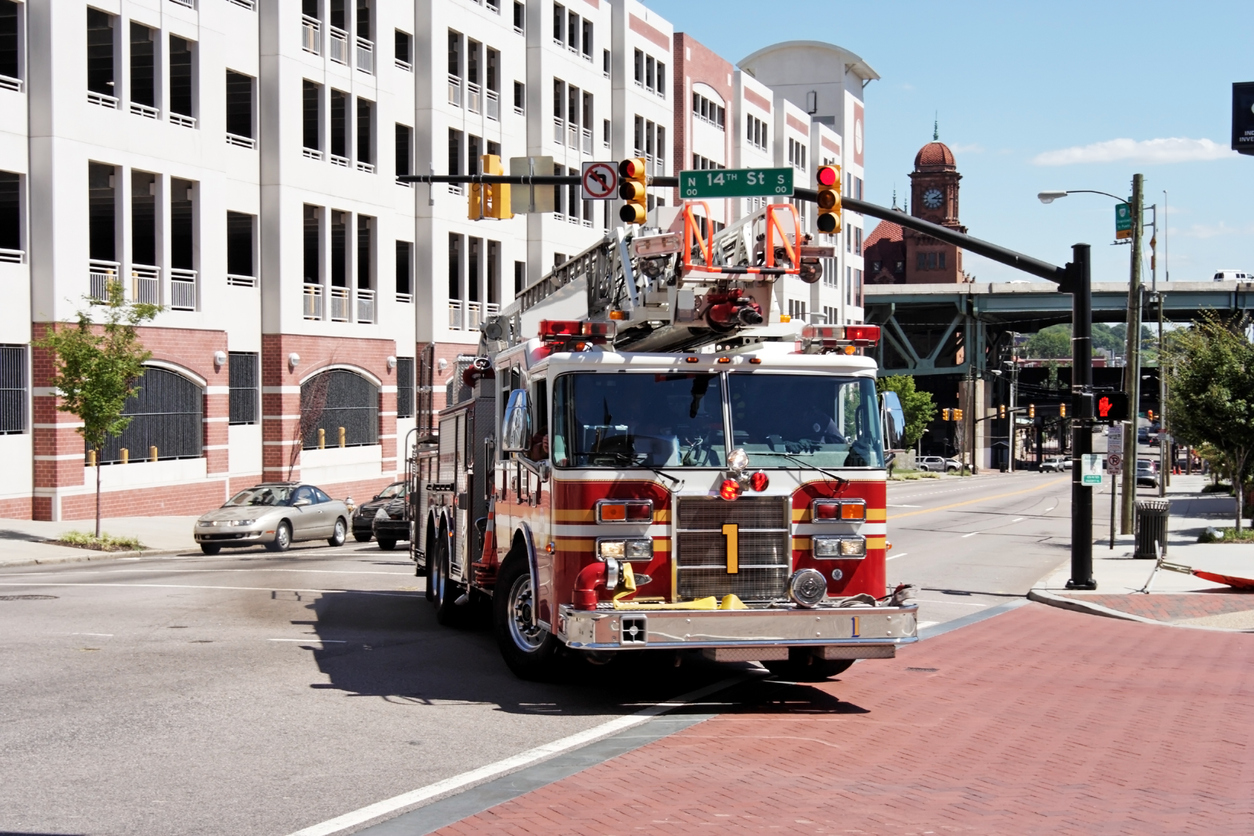
Lycra is the new bling, or it could be?

I am a bike rider. And to be clear, I am one of those bike riders on the road labeled as “strong fearless”, which is to say that I take long bike rides on mostly any road with cars. I am very comfortable in mixed traffic. I ride as if I’m a vehicle while also obeying the same traffic rules as vehicles.
As much as you might see riders like me on the roadway, decked out in Lycra and streamlined gear, a study done in Portland, Oregon discovered that we account for less than 1% of bike riders on streets today. An overwhelming majority of cyclists are in the “Interested but Concerned” category which essentially included people that want to take shorter rides to more locations more often, but do not believe it is safe to ride in mixed traffic.
Those in the “Interested but Concerned” group could be commuters wanting the option of cycling to work (the bus stop, train station, etc.); an avid reader returning a book to the local library; someone mailing a package at the nearby post office or picking up some bananas at the grocery; weekend warriors wanting to exercise; or families with kids riding bikes to the local ice cream parlor. While Portland put together a comprehensive study in their city, which is a Platinum Level Bicycle Friendly City by the League of American Bicyclists, you could expect similar results in your community.
We could rename this “Interested but Concerned” category to the “I really want to ride more, but I’m not sure of how to ride safe on the road and cross intersections” category. Either way, these individuals account for the majority of our population. Attracting them to cycling would have huge benefits. Those interested may need coaching to feel secure about getting on a bike, to create a mindset that bikes are treated as a vehicle, and to ensure that they know how to ride safely and legally in mixed traffic. Such coaching is available by League Cycling Instructors, who teach and demonstrate techniques for new and returning bicyclists and youth. The emphasis is on teaching bicycle safety and skills so as to provide increased comfort and confidence.
It is this group of “I’m not sure how to ride safe” riders that we should be considering the most as we look to improve roadways and intersections for safer riding. The NACTO Urban Bikeway Design Guide is an excellent resource for transportation professionals to reference in new designs, along with the Urban Bikeway Design Guide. These two publications provide guidance and education on how roadways and intersections can be better built to accommodate safer passage for cyclists.
Road operators are encouraged to create lower speed street designs with “self-explaining” or “self-enforcing” operating conditions serving both bicyclists and pedestrians. Narrow cross sections and traffic calming elements such as speed tables, chicanes and neighborhood roundabouts can be used to encourage appropriate driver operating speed without the need for enforcement or education.
New guidance from the Vision Zero Network states: “Simply put, communities will not significantly advance their Vision Zero goals if they do not directly and assertively manage speeds on their roadways. Vision Zero work that ignores speed management is merely playing in the margins of effectiveness.”
At the end of the day, we want to encourage more riders on our roadways for many reasons. This can best be accomplished by ensuring safety for all categories of riders. With more roadway improvements, we’ll start to build confidence in more riders and shift the grouping of rider categories to the left. Maye we’ll get more Lycra out on the roads at the same time!
Which type of cyclist are you?
Happy riding!
About the Author

 X
(Twitter)
X
(Twitter)
 Facebook
Facebook LinkedIn
LinkedIn Copy
Link
Copy
Link Email
Email

